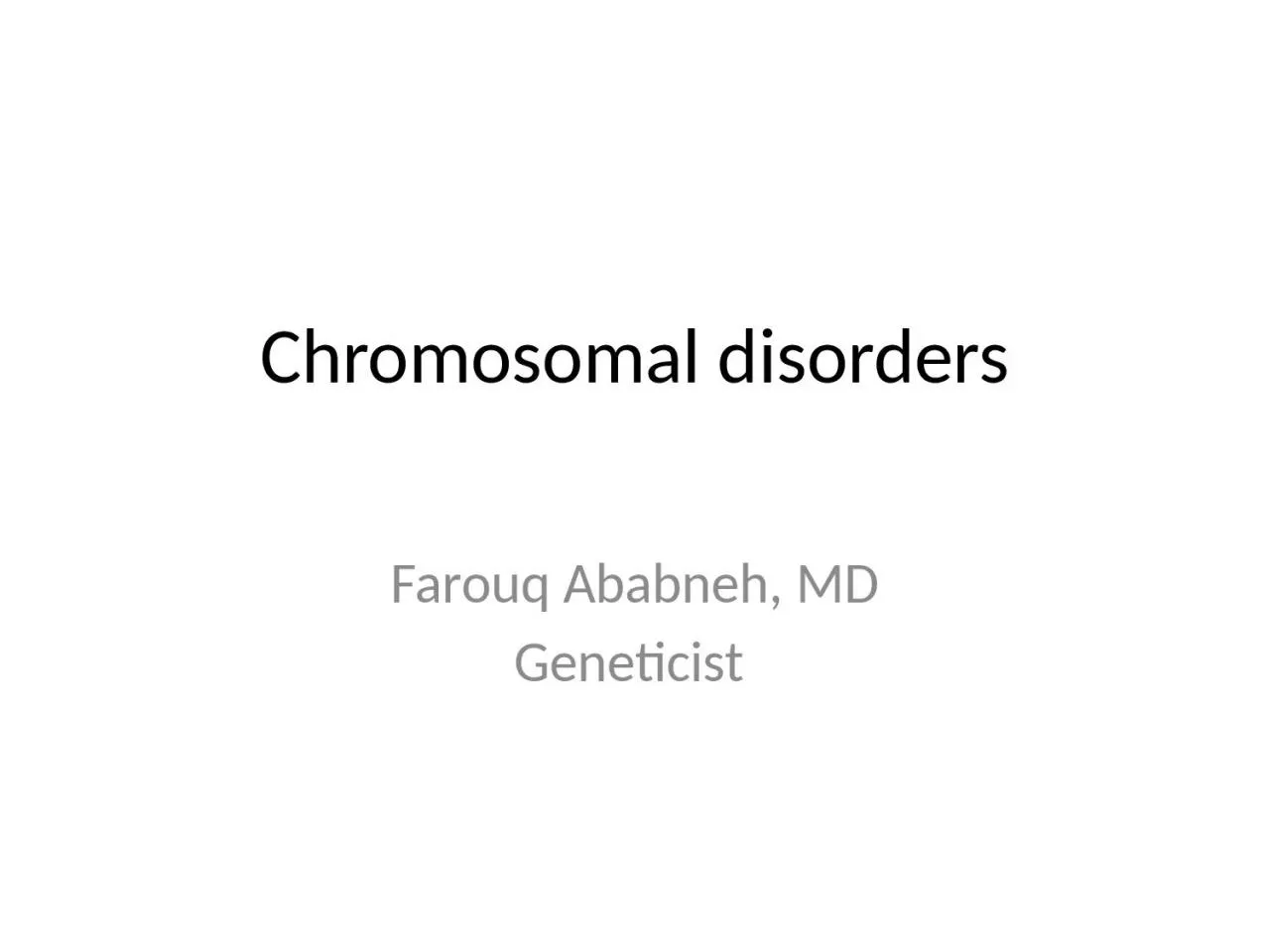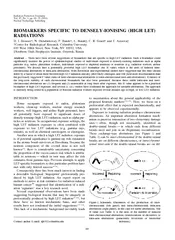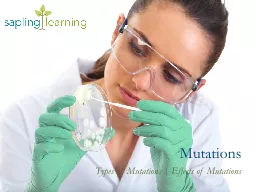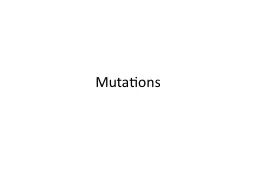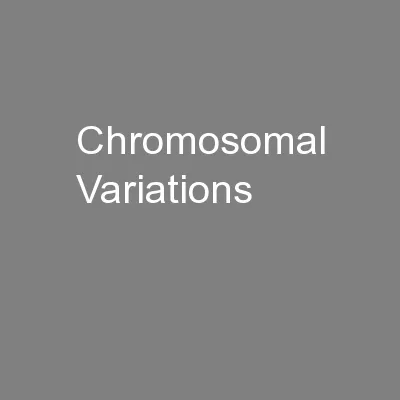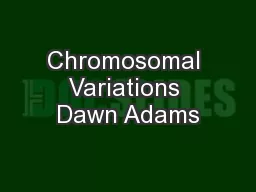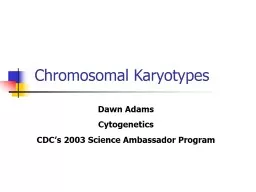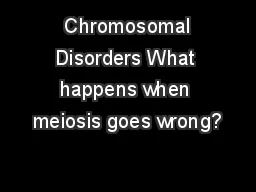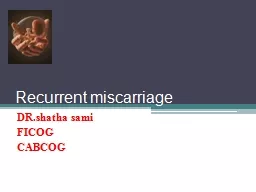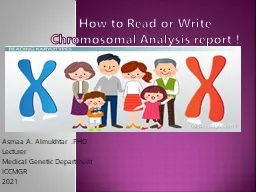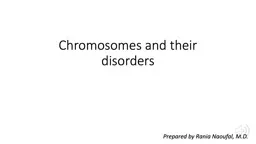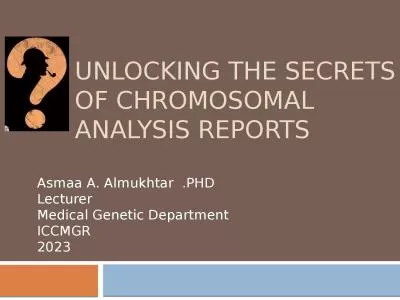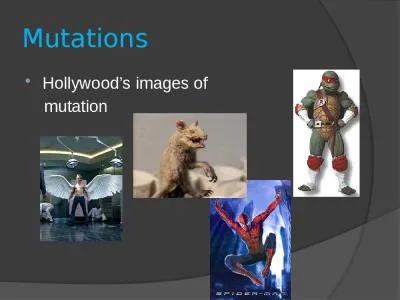PPT-Chromosomal disorders Farouq
Author : wang | Published Date : 2024-02-03
Ababneh MD Geneticist H uman being begins life as a fertilized ovum zygote a diploid cell from which all the cells of the body estimated at about 100 trillion
Presentation Embed Code
Download Presentation
Download Presentation The PPT/PDF document "Chromosomal disorders Farouq" is the property of its rightful owner. Permission is granted to download and print the materials on this website for personal, non-commercial use only, and to display it on your personal computer provided you do not modify the materials and that you retain all copyright notices contained in the materials. By downloading content from our website, you accept the terms of this agreement.
Chromosomal disorders Farouq: Transcript
Download Rules Of Document
"Chromosomal disorders Farouq"The content belongs to its owner. You may download and print it for personal use, without modification, and keep all copyright notices. By downloading, you agree to these terms.
Related Documents

